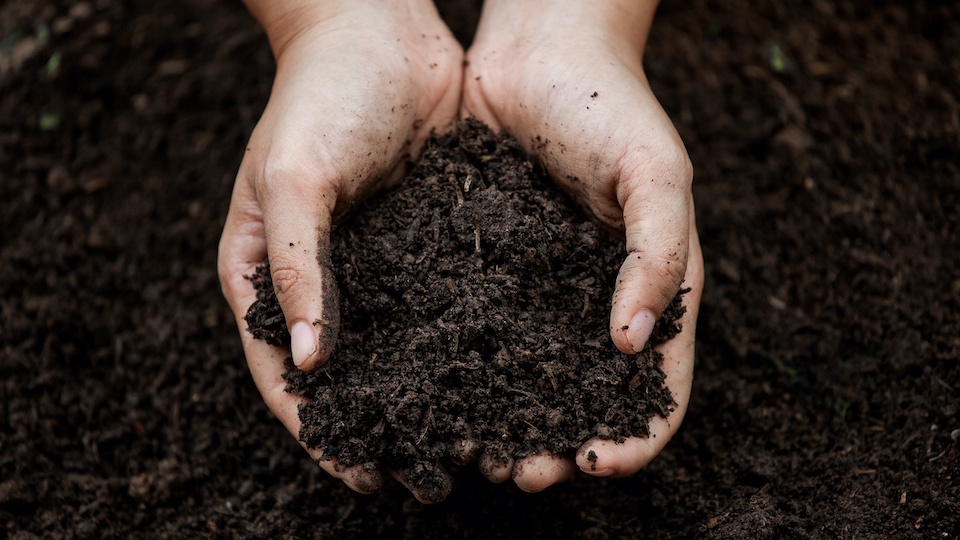When it comes to plant fertilizers, there are plenty to choose from. However, not all plant food is created equally. There is good reason to be overwhelmed with all of the options out there, especially if you are a new gardener. There are two broad categories of plant fertilizers – inorganic and organic. One type of plant food reigns far superior in my books, and that is organic. Let’s look at why and how you can make your very own miracle plant food using common household items that plants love.
What plants need
For plants to survive, they need nitrogen (N), phosphorus ( P), and potassium (K). You may be familiar with NPK ratios on bags of plant food. Nitrogen helps plants create new tissues, while phosphorus is essential for healthy growth, and potassium helps plants make carbohydrates for fuel and builds disease resistance. There are also other secondary nutrients that plants require in smaller amounts for healthy growth, including calcium, magnesium, and sulfur. Organic soil also contains other essential micronutrients, including boron, iron, zinc, manganese, chlorine, and molybdenum.
Why is plant food necessary?
If the soil contains all the necessary elements for plant growth, you might be wondering why it is necessary to feed plants at all. The short answer is that not all soil is created equal. Much soil is nutrient-depleted and requires a boost for plants to thrive. Plant fertilizer provides the nutrients that might be missing or low in the soil. Think of plant food as a vitamin for the soil.
Inorganic plant food
Although nutrients in inorganic (chemical) fertilizers are highly concentrated and readily available to plants – they are also quickly lost in the soil. This is why you see big growth and bloom after application. However, this is not something that builds soil fertility. These fertilizers contain just a few nutrients – usually nitrogen, phosphorus, potassium, sulfur, and sometimes a few micronutrients. Because the nutrients flow through the soil quickly, repeated applications throughout the growing season are necessary unless you use a slow-release type.
Inorganic plant feed includes such things as ammonium phosphate and ammonium sulfate. Although many such fertilizers come from naturally occurring mineral deposits, they go through a manufacturing process before they are packaged and sold.
Organic plant food
Organic fertilizers include things like bone meal, cottonseed meal, fish emulsion, compost, and manures. They come directly from plant and animal sources and contain nutrients that soil bacteria and fungi convert into forms that plants can use. The concentration of nutrients in organic fertilizer is lower than that in inorganic fertilizers but is slowly released into the soil. Over time, organic fertilizers help create a favorable environment for beneficial microorganisms and add structure to the soil. Soil becomes easier to work, and water within the soil moves so that plant roots can tap into what they need for growth.
Organic plant food that works
Here are some of my favorite ways to feed my plants using common household items. Although some of them may seem strange, trust me, they work!
Grandpa’s Old Time Plant Tea
If you have spent any time with some ol’ time gardeners, you may have seen them feeding this strange concoction to their plants. Trust me; when I first heard about this odd combination of items, I wasn’t sure. Now, I can testify that it does indeed give plants a boost as I have seen great results from it in my own garden.
What you need
- ¼ cup Epsom salt
- 2 cups urine
- 2 cups wood ash
- chemical-free grass clippings
- 5-gallon bucket with lid
How to make it
- Fill a five-gallon bucket halfway with grass clippings or weeds from your garden.
- Add in the other ingredients and fill the bucket to the top with water.
- Poke holes in the lid so that some air can flow and place the lid on the bucket.
- Allow the tea to steep for three days.
- Strain the liquid and dilute it by half with water.
- Pour mixture directly on the soil around plants.
Seaweed Supper
Container plants cannot stretch out their roots in search of nutrients. Because of this, they need a little extra feeding help. On top of this, many lightweight potting mixes are lacking in beneficial nutrients. Below is one of my favorite fertilizer recipes for feeding my container flowers, fruits, and veggies all season long.
What you need
- 8 cups chopped dried seaweed (or fresh if you happen to live by the ocean)
- 5-gallon bucket
- Water (rainwater is best if you have it)
How to make it
- Add the seaweed to the bucket and fill halfway with water.
- Cover the bucket loosely and let it sit for three weeks.
- Strain and transfer the fertilizer to a new container.
- Dilute the mixture with water, half and half, and use a watering can to apply to the container plant’s soil. Use weekly for best results.
- Store each batch for up to three weeks.
Things around the house that plants love
Here are some nutrient boosters that you probably already have around the house.
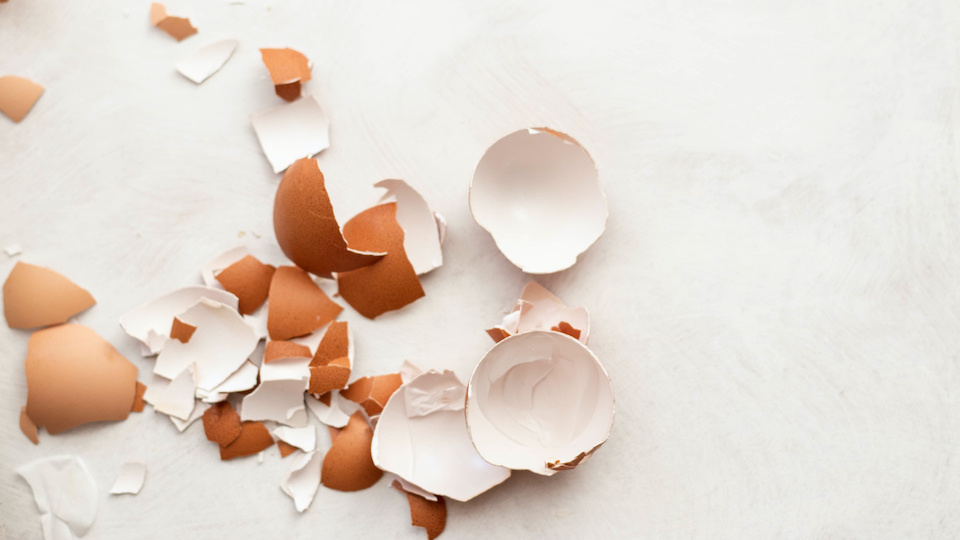
Eggshells: Eggshells are particularly useful for a super boost of calcium. Soil that is deficient in calcium causes issues such as blossom end rot in tomatoes. To use eggshells as fertilizer, crush up shells and bury them in garden soil. You can also add 20 eggshells to a gallon of water and boil them for a few minutes. Let them sit overnight, strain the shells, and pour the shell water in a spray bottle. Spray the soil directly around plants.
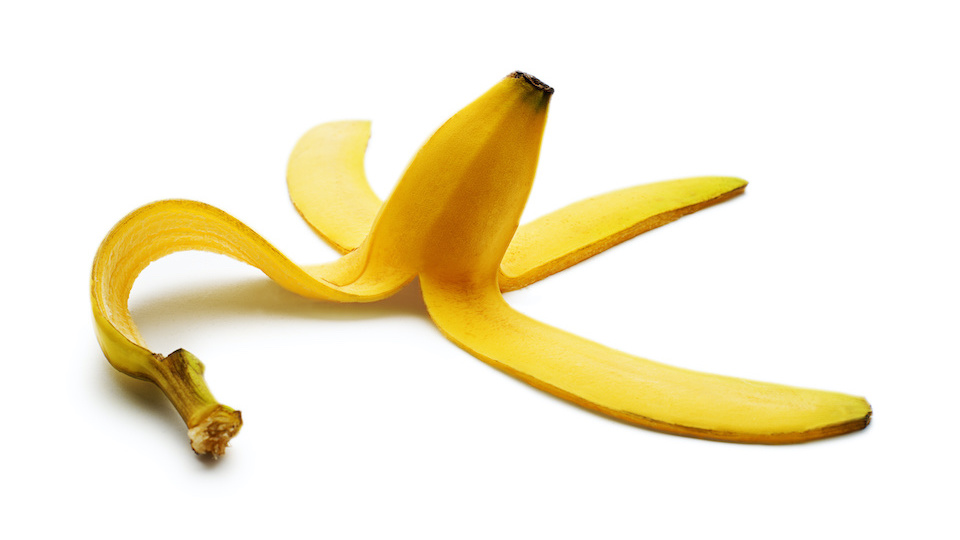
Bananas. Don’t throw out that banana peel; use it to feed hungry plants instead. Banana peels contain a plethora of nutrients, including potassium, calcium, phosphorus, and other minerals. There are several ways that you can use banana peels to feed plants, but my favorite is to cut them up into little pieces and bury them about 4 inches under the soil before planting.
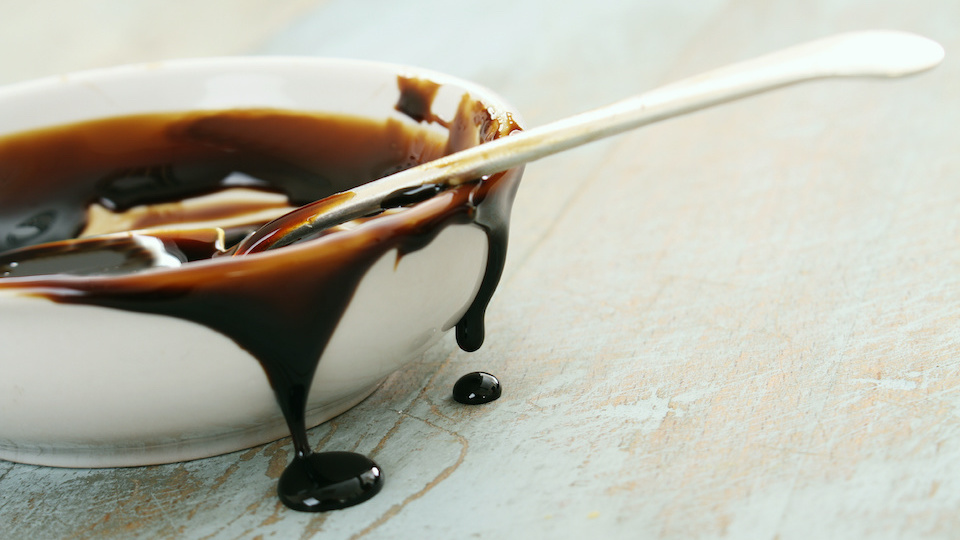
Blackstrap molasses. Molasses contains a host of nutrients that plants love, including carbon, iron, potash, calcium, sulfur, manganese, potassium, copper, and magnesium. Not only do plants love molasses, but so do beneficial bacteria in the soil. Mix one cup of each Epsom salts and alfalfa meal in four gallons of water and add one tablespoon of blackstrap molasses. Feed plants weekly during the growing season.
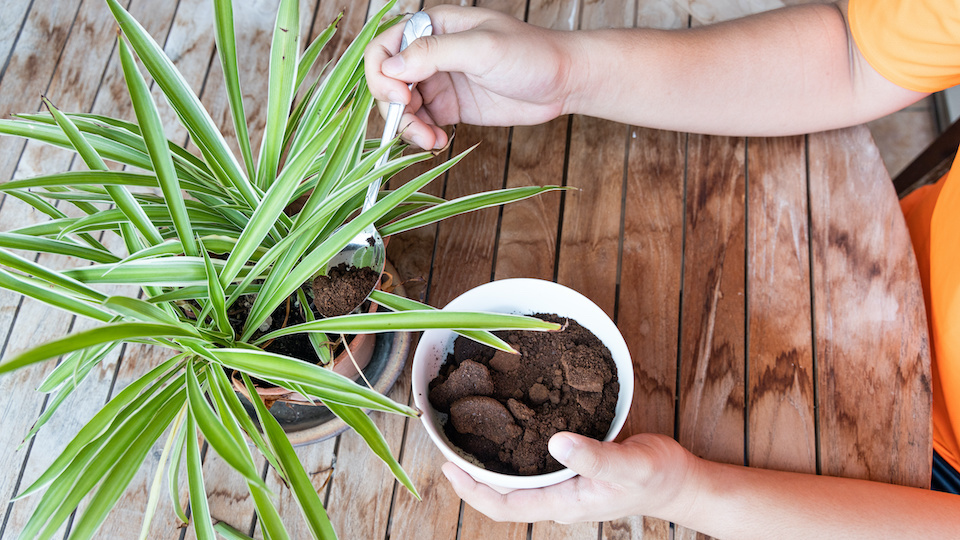
Used coffee grounds. Coffee grounds contain 2% nitrogen and some phosphoric acid and potash. Plants that like acidic soil such as blueberries, evergreens, azaleas, roses, avocados, camellia, and fruit trees also like coffee grounds. The best way to use coffee grounds is to spread them out on paper and allow them to dry. Once dry, scatter the coffee grounds like mulch around your plants.
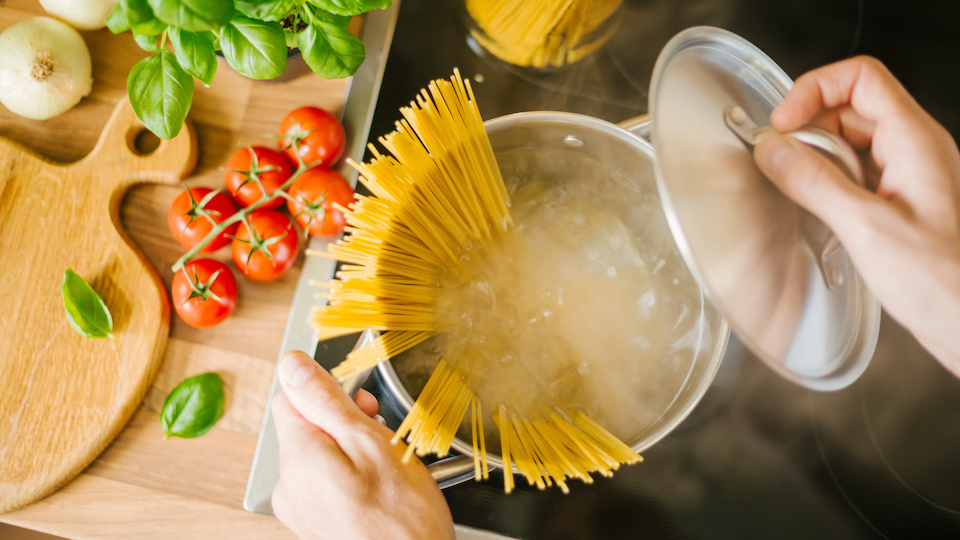
Cooking water. A great way to recycle water used for cooking potatoes, vegetables, eggs, and even pasta is to feed it to plants. Allow water to cold and pour around plants.
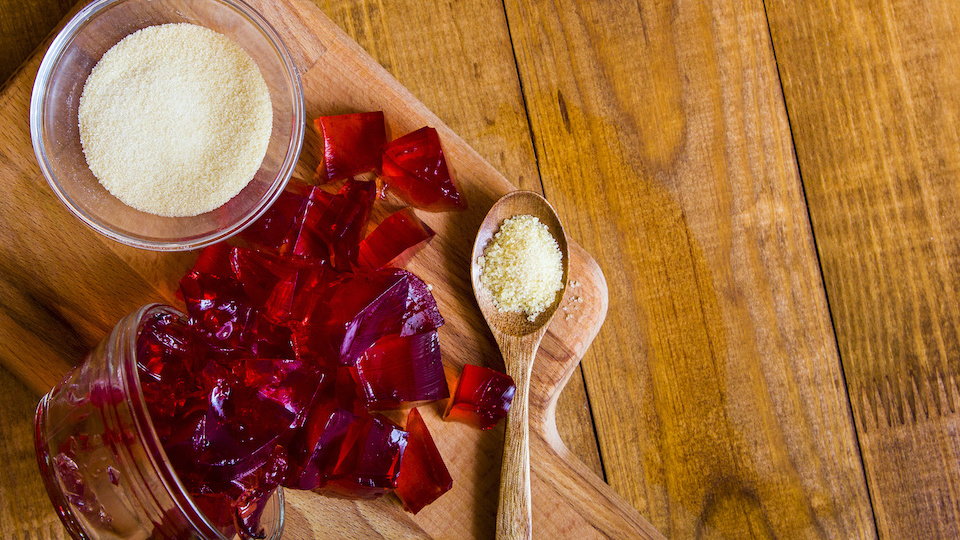
Gelatin. House plants especially benefit from gelatin fertilizer as it is rich in nitrogen. Dissolve a package of gelatin in one cup of hot water, then add three cups of cold water. Pour on the soil around the plants once a month.
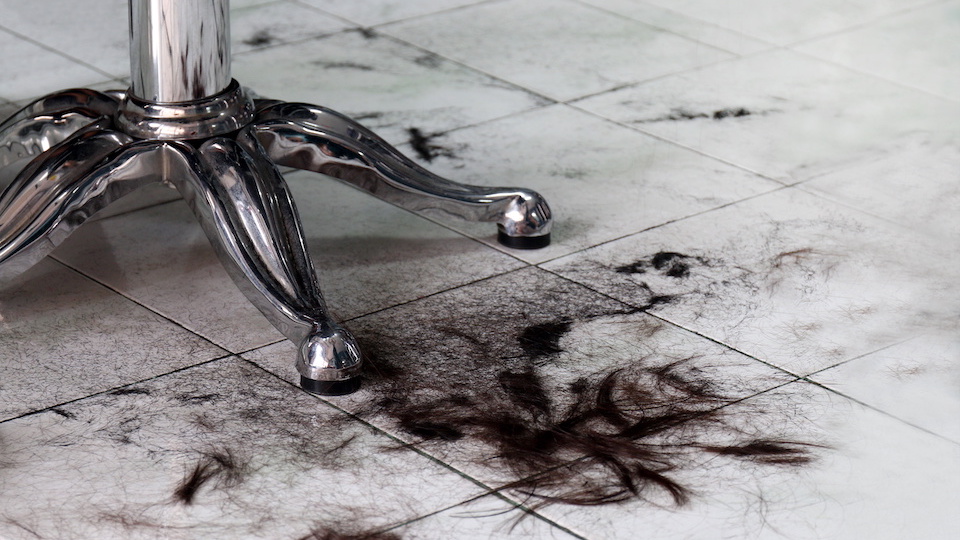
Hair. Not only is human hair an excellent deer and weed repellent, but it also contains beneficial nutrients such as magnesium. Visit your local barbershop for some hair and sprinkle it around the base of plants you wish to feed.
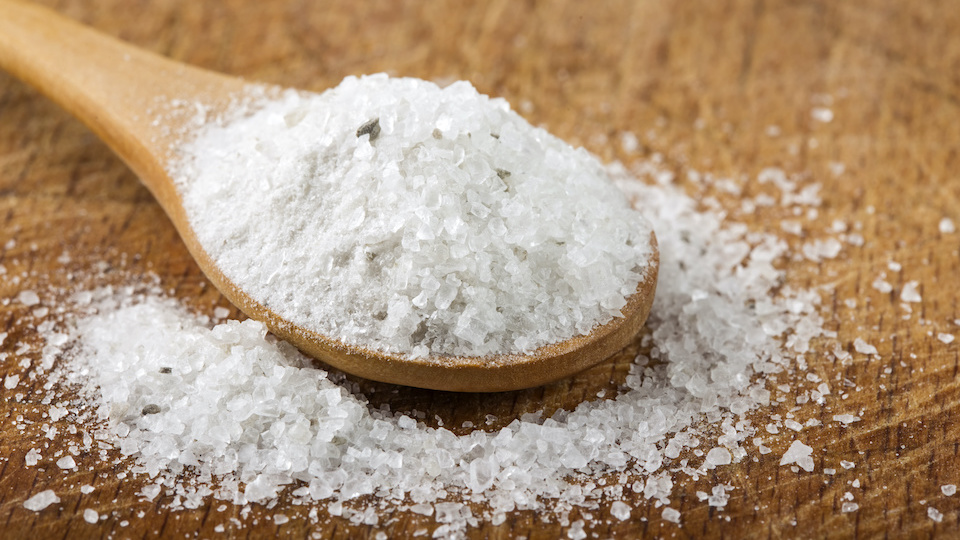
Epsom salts: Epsom salts do a great job at easing muscle and joint pain, and they can provide a rapid hit of magnesium and sulfur for plants. Mix one tablespoon of salts in a gallon of water and put it into a sprayer. Spray plants once a month, directly on the foliage.
More and more options
There are many more great options for organically feeding plants that I did not mention above. If you keep chickens, horses or rabbits, aged manure is one of the best materials to mix in with garden soil to increase soil structure and enhance the number of beneficial microorganisms. Do your homework before applying any kind of fertilizer to your plants and if you don’t already have one, get your compost pile started. There is nothing like a scoop of fresh compost mixed with garden soil to provide a slow and steady release of nutrients!
Happy growing,
-Susan Patterson, CHBC, Master Gardener


